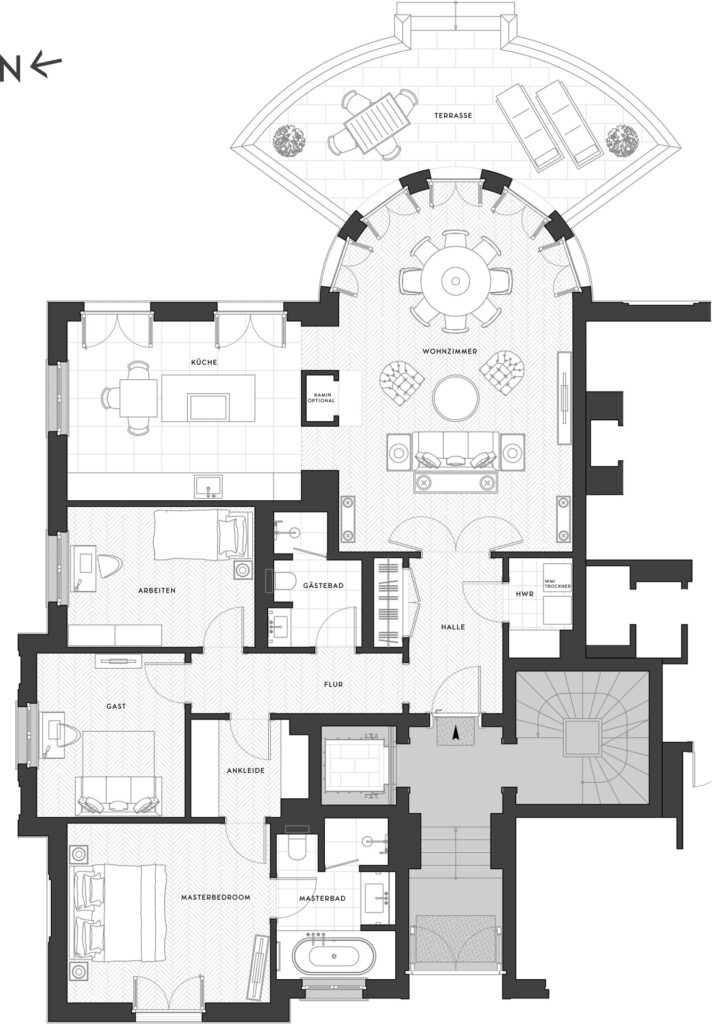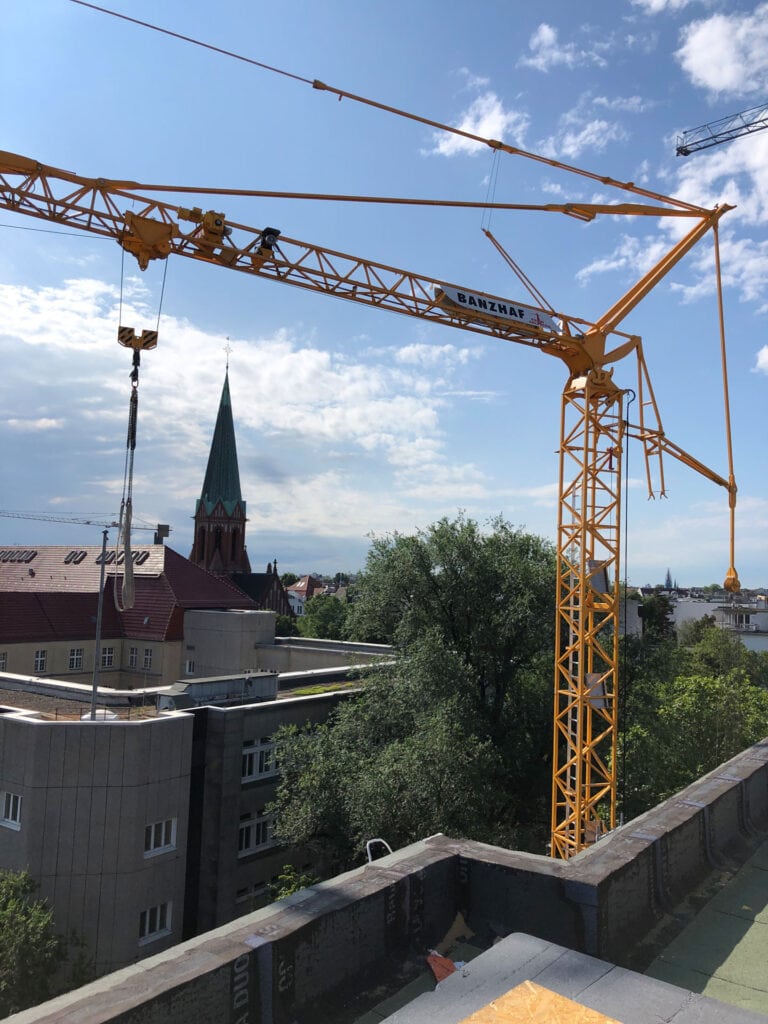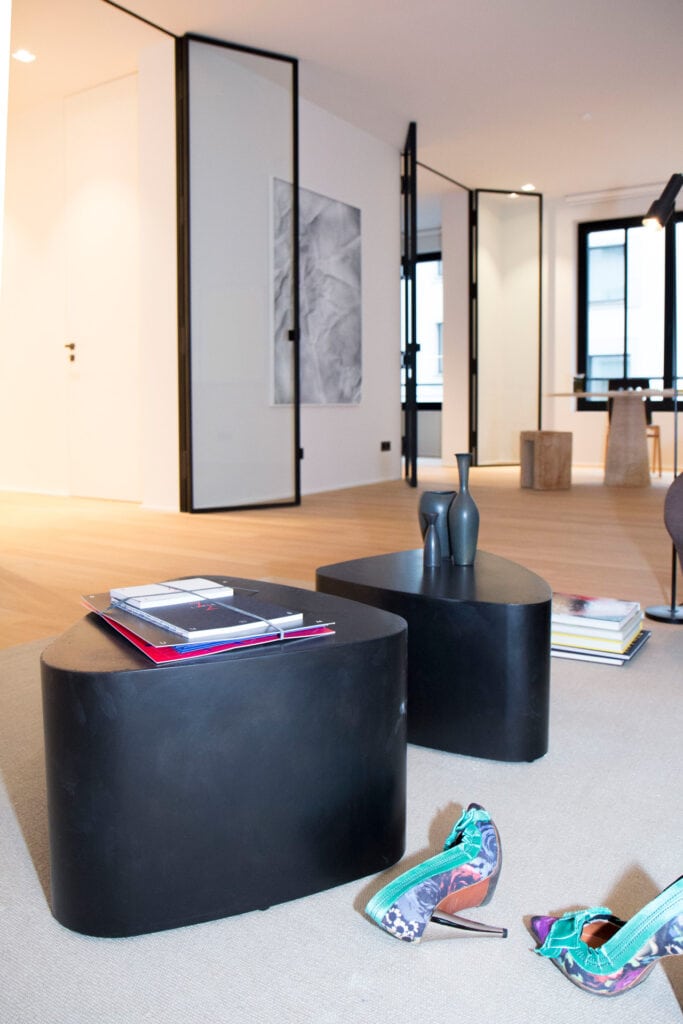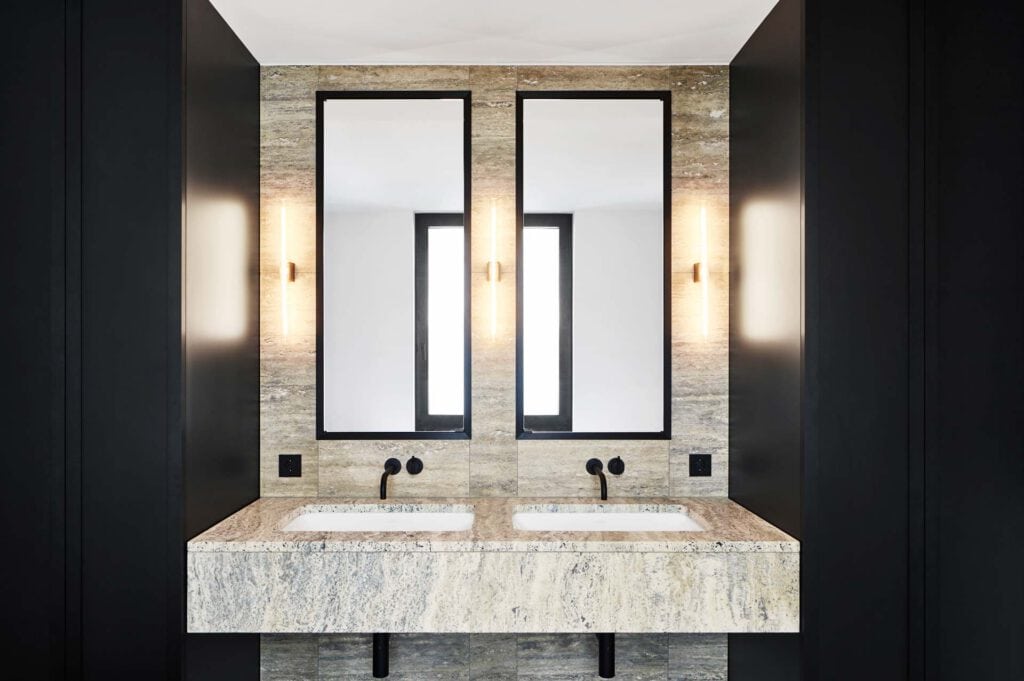Real estate investments – what makes them different and what makes them so attractive?
Anyone considering investing in real estate does not necessarily have to purchase a house or an apartment. If investment is defined as the ‘long-term commitment of financial resources into tangible or intangible assets’, we can safely conclude that any form of investment that commits capital into property may be considered a real estate investment.
18. October 2021 · Updated: 19. November 2023 · Reading Time: 8 Minuten
Anyone considering investing in real estate does not necessarily have to purchase a house or an apartment. If investment is defined as the ‘long-term commitment of financial resources into tangible or intangible assets’, we can safely conclude that any form of investment that commits capital into property may be considered a real estate investment [1]. This opens up a range of investment strategies that can vary both in duration and in the intensity of work and appetite for risk that they demand of investors. But which type of real estate investment is best, and for whom?
What types of real estate investment are there?
Based on their investment horizons, real estate investments can basically be divided into one of two categories: short-term investments, which end with the resale of the property as soon as possible; or long-term investments, which prove particularly attractive for private investors, as neither active investment management nor extensive real estate knowledge is required to maximise their return.

Project development to sell: short-term real estate investments
The central strategy underlying all forms of short-term real estate investment is also known as ‘fix and flip’. This is when investors acquire a property at the lowest possible price, then increase its value by renovating, converting and upgrading the facilities, before selling it on. However, this requires a good overview of market supply and demand, because even when searching for suitable properties, it is important to consider potential buyers – and the higher the value of the property, the more expensive the project development will be.
As many private investors are interested in luxury properties in particularly coveted locations, but cannot finance and coordinate development to the same extent as, say, a property developer, so-called ‘crowdfunding’ is becoming progressively popular in Germany as a low-threshold form of real estate investment. With a large number of investors – the crowd in question – contributing jointly towards the investment sum, even large projects can be financed with comparatively small individual commitments. The project development is usually carried out by a property developer or an estate agent, who receives the investment amount as a loan.
However, this special form of real estate investment is also accompanied by a rather large loss risk, as these loans are usually subordinated. If the project developer files for insolvency mid-construction or redevelopment, all creditor claims must first be settled before repayment of the investment amounts can begin.


Passive income through rental returns: long-term real estate investments
Investors who cannot or do not want to acquire a property themselves can also generate passive income from real estate through shares or bonds. While property shares give investors a portion of a property, a bond, on the other hand, means that the investors merely grant a loan to the owner of a property – for example, a company. With this form of investment, the investors do not obtain ownership themselves.
For this reason, real estate bonds and property shares differ significantly in terms of the risk associated with each investment [2]. Bonds usually come with a fixed interest rate, which makes them appear highly stable in value compared to shares, the value of which can fluctuate greatly. At the same time, however, real estate bonds are usually subordinated loans, which constitutes exactly the same risk for investors as a crowdfunded investment.
Those consciously looking for a low-risk investment are therefore best advised to go for shares over bonds; though, owning their own property remains the safest bet.
“Of course, real estate increases in value over time. Based on the current state of the housing market alone, this makes it an extremely safe investment,” says Dr. Axel Martin Schmitz, Managing Partner at RALF SCHMITZ. “There’s a good reason why most owners don’t resell their properties, preferring to rent them out or use them themselves: it allows them to generate additional returns, either from rental income or simply from no longer having to pay rent. In a way, this corresponds to the return on the capital invested, while the value of the property naturally continues to grow in the background.”

What makes real estate investments so attractive?
What distinguishes real estate from other capital assets is its consistency – plus the fact that demand continues to grow. Just how steady this development is can be seen in an analysis conducted by German property website Immobilienscout24 of listings published between December 2019 and February 2021: [3] despite the pandemic, demand continued to grow in 2020. In particularly contested regions, the number of interested buyers per listing even rose by 70% for owner-occupied apartments in Cologne and the surrounding area, and by a remarkable 134% for houses in Stuttgart.
It is therefore much easier, compared to other investments, to obtain outside capital for the purchase of a property. Maciej Auda is also aware of this. He works as Head of Acquisition and Sales for RALF SCHMITZ in Berlin and Hamburg and is very familiar with both the market and the finance options available to prospective buyers looking to purchase property.
“Imagine you want to invest €1 million in shares,” he explains. “For that, the bank will loan you a maximum of €200,000 – but only if you’re very lucky, and on the condition that you provide the remaining €800,000 as equity. Real estate, on the other hand, is considered a safe investment – the value increases reliably, and if there’s any doubt, you can always put your land up as collateral for the repayment. So, if you want to invest a million in a property, you’re already heading into negotiations on a sure footing, and the bank will be much more willing to support you with a loan of €800,000.”
Coveted location and classic style: how to increase the value of your property
Although the value of real estate in many regions of Germany has indeed been rising continuously for many years, those seeking to specifically optimise their returns should choose their real estate investment based on two factors: location and style. Properties in sought-after urban locations command particularly high prices because land for newbuilds is scarce. This is particularly evident in cities such as Hamburg or Düsseldorf: from 2019 to 2020 alone, prices per square metre rose by almost 10% in these cities [4].
However, determining which locations in a given urban area will prove high-yield and particularly good investment options depends on the target demographic. This is because property prices for different locations within the exact same city can rise for very different reasons.
Style is not final; it is in constant flux.
Walter Gropius
“I think this phenomenon is particularly evident in Berlin. RALF SCHMITZ’s clients find properties in our portfolio in neighbourhoods that have experienced an extremely rapid increase in value over the past years and decades, simply because they’re the lifeblood of the city,” explains Maciej Auda. “Grunewald, for example, is still a great location, but now more for a demographic looking to create a quiet retreat in the middle of the city. In comparison, younger buyers and, for that matter, renters are increasingly focusing on accessibility: they want restaurants, shops and joie de vivre. For this target group, what’s important is that there’s something in the immediate surroundings to discover and enjoy. And Kurfürstendamm or Charlottenburg are the places to go for this.”
A second factor is the architectural style of the property. “This has nothing to do with the age of the building exactly. While many properties from the 1980s have suffered a great loss in value because this style simply doesn’t appeal to today’s buyers, owners still fall in love with the classic elegance of listed buildings more than a hundred years after they were built,” says Dr. Axel Martin Schmitz. “That’s precisely why we’ve also always focused on timeless architecture – elegant lines, lots of light and spacious rooms: these elements simply do not lose value.”
When it comes to the highest quality, however, it’s not just design and furnishings that RALF SCHMITZ focuses on: the structural integrity of the building itself is another element of excellence that the developer guarantees its customers. Because, whether it’s a city villa in Berlin-Grunewald or a penthouse in Düsseldorf, the right investment property is ultimately always one that the owners stand to benefit from decades to come – a stable asset class that endures.